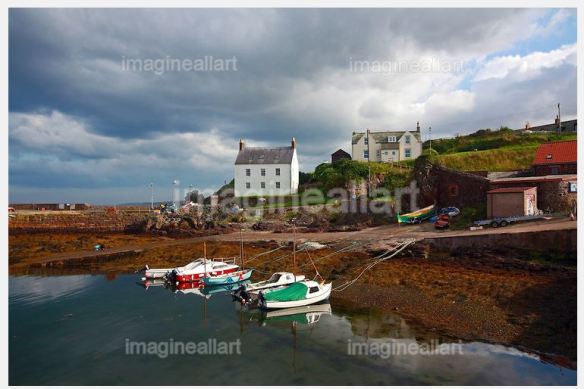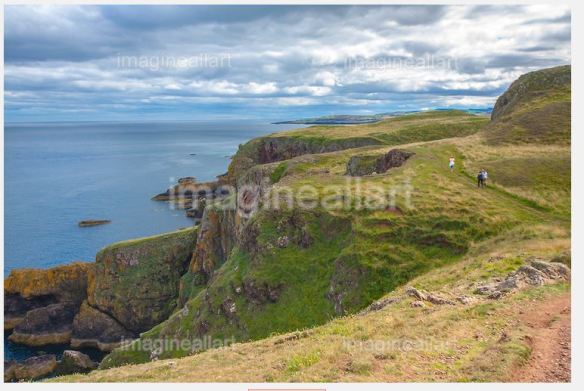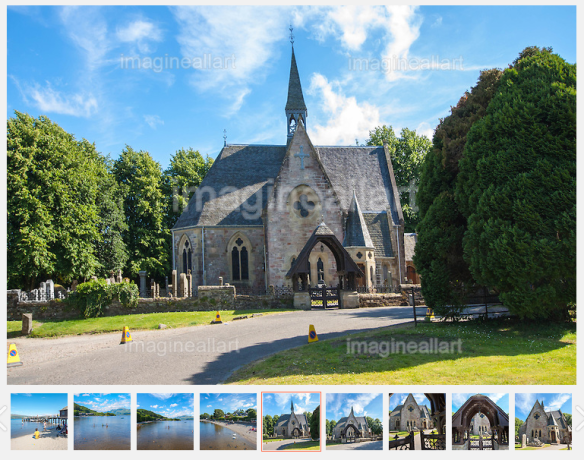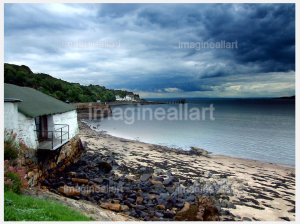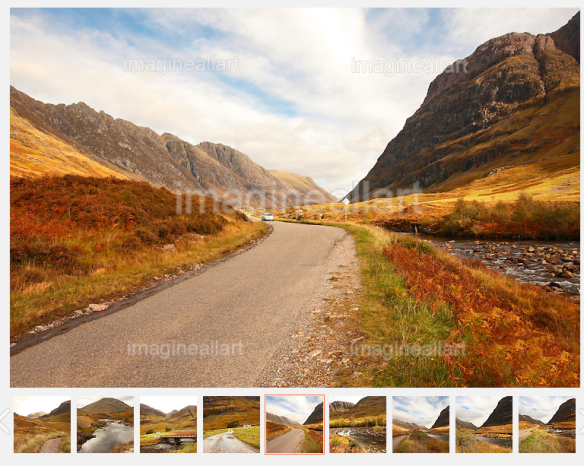St Abbs is an exceptional, tiny but beautiful and picturesque fishing village historically known as Coldingham Shore, located on the south east coast of Scotland in the Berwickshire area of the Scottish Borders. It is not far from Eyemouth and it’s worth seeing if you happen to be in that region.
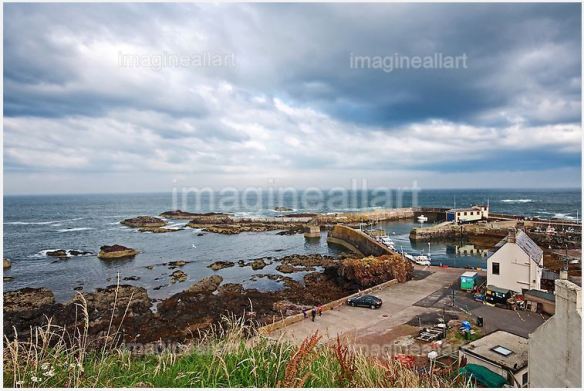 The village was originally known as Coldingham Shore, the name was changed in the 1890s to St Abbs. The new name was derived from St Abb’s Head, a rocky promontory located to the north of the village, itself named after St. Aebbe.
The village was originally known as Coldingham Shore, the name was changed in the 1890s to St Abbs. The new name was derived from St Abb’s Head, a rocky promontory located to the north of the village, itself named after St. Aebbe.
St Abbs was originally called Coldingham Shore. Prior to any buildings the fishermen who worked their boats from the beach resided at Fisher’s Brae in Coldingham.These fishermen had to carry their fishing gear the one and a half miles down a path. The path is now known as the Creel Path. The first building in St Abbs was constructed about the middle of the 18th century followed later by a row of 5 cottages. This first row of houses where constructed in a traditional Scottish style with a central fire and a wide chimney. The walls were constructed of “Clat and Clay” a framework of wood interlaced with straw and daubed over with moist clay. The village was renamed at the end of the 19th century by the then Laird Mr Andrew Usher, to its present title St Abbs. St Abbs is a popular site for Scuba Divers. The sea around the village is unusually clear, in contrast to the more silt-laden coastal waters further to the north or south. These clear waters and the spectacular underwater scenery resulted in Britain’s first Voluntary Marine Reserve being established at St Abbs. Shore diving to a depth of about 15 metres is possible from the rocks on the outside of the harbour wall. It is common for trainees to do initial sea dives here. The double archway at “Cathedral Rock” is just 50 metres from the shore. Several small, nearby rocky islands, such as “Big Green Carr”, “Broad Craig” and “Little Carr” are near to the harbour and easily can be circumnavigated underwater. March 2011 saw the opening of the latest addition to the many attractions of St Abbs in the form of the new St Abbs Visitor Centre. A beautiful, contemporary facility, it is located in the old village hall, perched precariously on a cliff edge. Built as a resource for both visitors and locals, the Centre offers free admission, interactive exhibits, library area, web access, stunning photographs and historical artefacts. It’s an ideal starting point to a visit to St Abbs, giving information on the history of the village, the geology and also the local flora and fauna visitors are likely to encounter. The position of the building offers a stunning 180 degree view from St Abbs Head all the way to the harbour and beyond. The St Abbs Visitor Centre is an independent Scottish charity.

